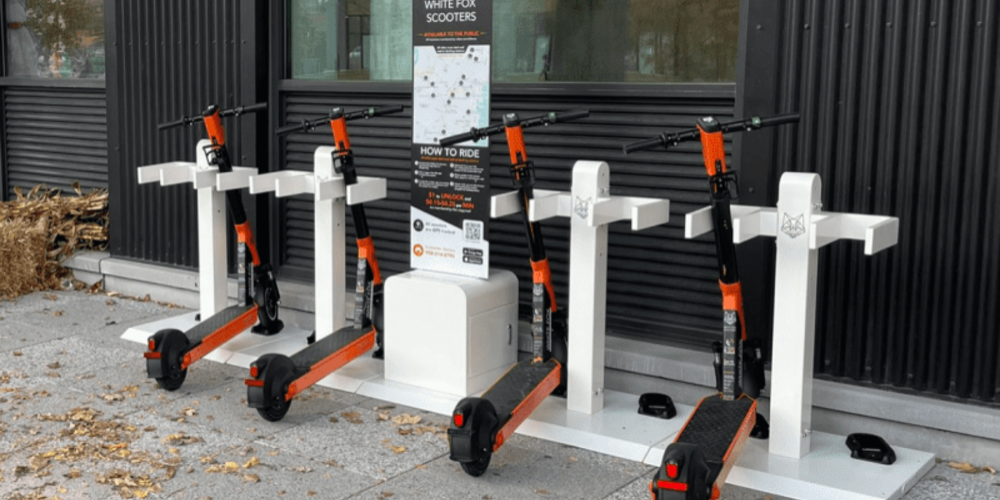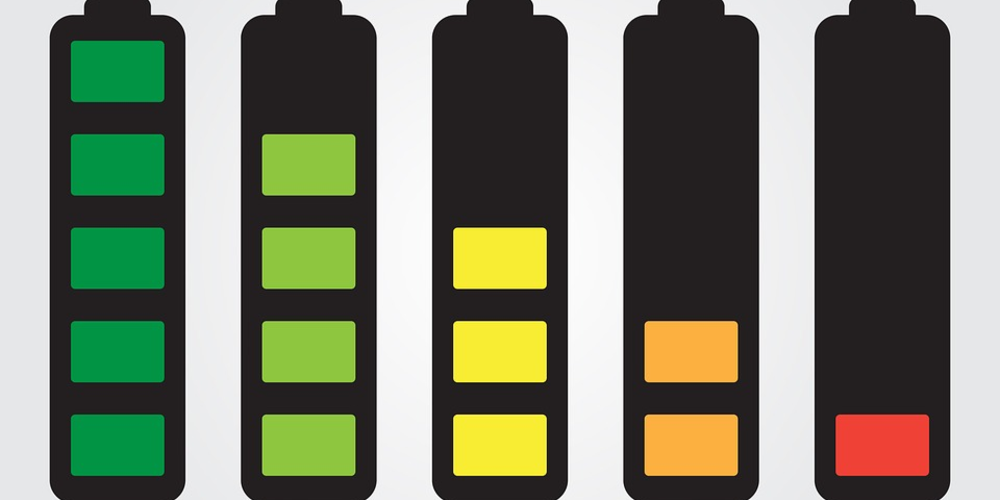Safeguarding Your Electric Scooter: Insights into Overnight Charging Practices
Feb-28-2024

In today's urban landscapes, electric scooters have become a favored mode of transportation for moving through the busy roads of city cores. Their convenience and eco-friendly nature have made them a staple in the daily lives of many, but with the increasing reliance on these electric vehicles comes the question of their maintenance, particularly when it comes to charging. A common practice among users is to leave their scooters plugged in overnight, but is this practice safe? This article ventures into the intricacies of electric scooter charging, highlighting potential risks and offering recommendations to ensure both your safety and the longevity of your scooter.
Understanding the Risks of Overnight Charging
Electric scooters, like all electronic devices, come with their set of maintenance guidelines, which, if not followed, can lead to various issues. One such issue is the risk associated with leaving scooters charging for prolonged periods. Although convenient, charging your scooter overnight can pose risks due to the potential for overcharging and overheating. This section delves into why it's crucial to monitor your scooter's charging process closely and the specific dangers that come with neglect.
The Danger of Overloading the Battery

Scooter batteries are designed to handle a specific amount of charge, and exceeding this limit can have detrimental effects. Chargers lacking an automatic shutoff feature continue to power the battery even after it reaches full capacity, leading to overcharging. This not only consumes energy needlessly but also exerts undue stress on the battery, which could diminish its longevity and effectiveness. Understanding the charging capabilities and limitations of your scooter's battery is essential to prevent overloading and ensure its optimal performance.
Threat of Overheating and Short Circuits
The risk of overheating and short circuits is not unique to electric scooters but applies to all electronic devices. The probability of such incidents occurring increases with the duration the charger remains connected to both the power source and the scooter. These situations can lead to damage not only to the battery and charger but also pose a fire hazard in extreme cases. This section emphasizes the importance of being vigilant and the measures to take to mitigate the risk of overheating.
Adhering to Manufacturer Guidelines
Ultimately, the manufacturer's instruction manual should be your primary reference for all matters concerning your electric scooter, including charging practices. Manufacturers provide specific guidelines based on the design and capabilities of their products. Adhering to these instructions is crucial for maintaining the safety and efficiency of your scooter. This section of the article emphasizes the critical need to adhere to the manufacturer's instructions to prevent potential risks that could arise from incorrect charging practices.
Best Practices for Charging Your Electric Scooter

To mitigate the risks associated with charging electric scooters, certain practices should be adopted. From understanding the type of charger to use, to knowing when to unplug the scooter, this section offers a compilation of tips aimed at enhancing your charging routine. Employing these best practices can significantly decrease the likelihood of encountering issues related to overcharging and overheating, ensuring a safer experience for both you and your electric scooter. In conclusion, while electric scooters offer a convenient mode of transportation, their maintenance, particularly in terms of charging, requires careful attention. The potential risks of leaving a scooter charging overnight highlight the need for vigilance and adherence to recommended practices. By following the guidance provided by manufacturers and employing the recommended charging tips, you can ensure the longevity of your scooter's battery and enjoy a safe riding experience.








